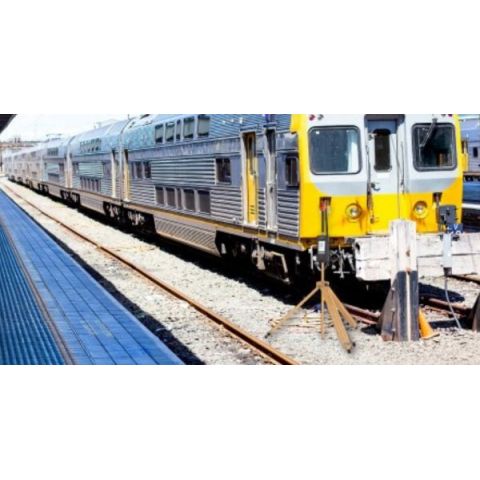Measurement of EMF Fields in and around Railway Environments
Daily commuting via train and moving freight by rail has become a significant aspect of daily life Train users and employees may encounter electromagnetic fields (EMF) at levels exceeding those typically found in other aspects of our everyday lives.
EMF is generated by the operation of trains and the railway infrastructure.
Sources include traction power systems (the electrical systems that power the trains), overhead wires, substations, and various electronic and electrical equipment used in railway operations.
High-frequency exposure, which can be produced by telecommunication infrastructure and Information and Communications Technologies (ICT) devices, does not fall within the scope of this article. In the case of low-frequency exposure, the main sources are the rolling stock (railway vehicles) and the energy supply.
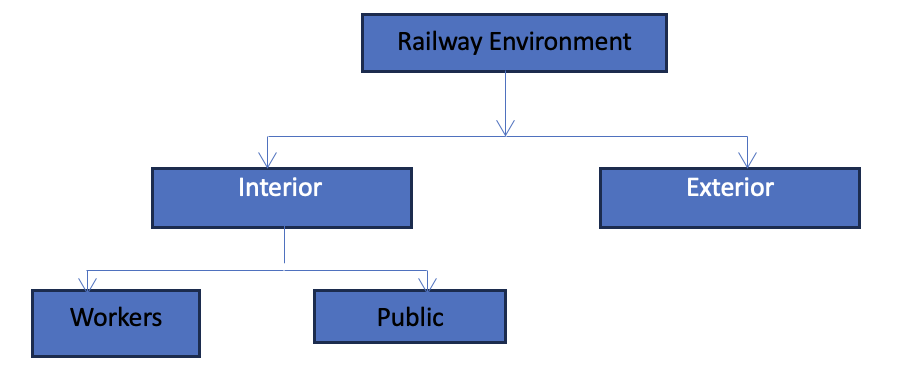
Measuring the EMF
Measurements are conducted both inside and outside the rolling stock, following the specific guidelines. At each measurement point, it is necessary to measure the magnetic field along all three axes, with one of these axes aligned parallel to the railway tracks. To perform the measurement, we will be using the wave control SMP3 Meter and WP400 (1Hz -400 kHz) field probe. The main reason for selecting this probe, in railways, there are three electromagnetic sources that can affect humans: the rolling stock, the traction power supply, and the signalling equipment. Since detectable emissions from these three sources are in the frequency range of DC to 20 kHz, we have selected this probe for the measurement.
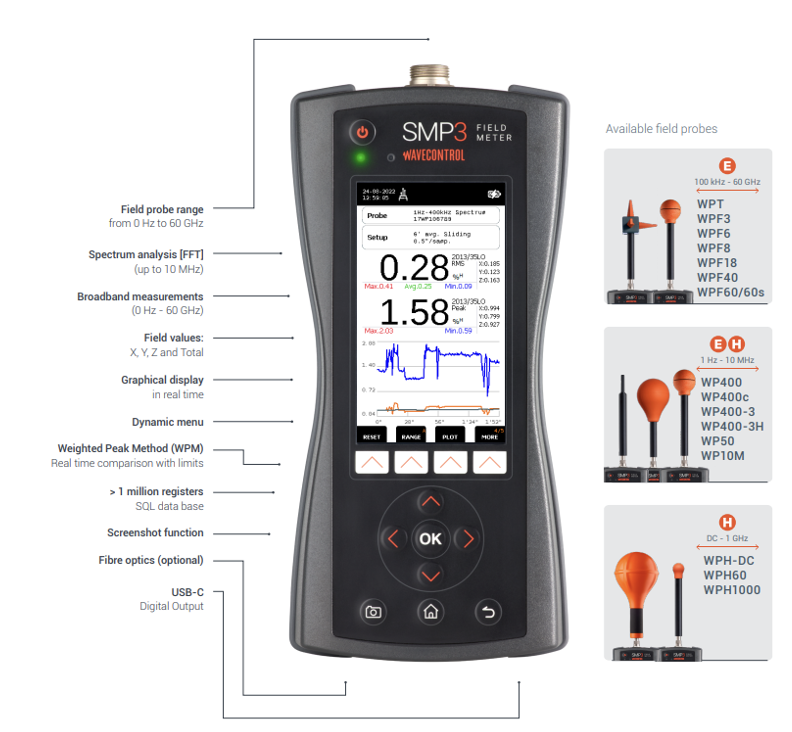
Interior Area - staff
Measurements should be conducted in proximity to the emission sources, such as power converters, power cables, and power inductors. These measurements should be taken at locations where workers routinely perform their tasks, such as the driver's seat, or where they might need to spend some time during repair work. The measurements should be taken at heights of 0.9 meters and 1.5 meters above the ground. The horizontal distance from the walls should be either 0.3 meters or the minimum distance (greater than 0.3 meters) from where workers may need to position themselves.
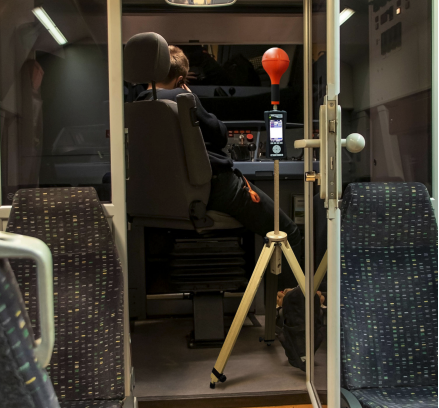
Interior Area - Passengers
Measurements should be conducted as close as possible to the train's emission sources in areas accessible to the public. In such instances, measurements should be taken at three different heights for all public areas, specifically at 0.3 meters, 0.9 meters, and 1.5 meters above the ground. The horizontal distance from the walls should be either 0.3 meters or the minimum distance (greater than 0.3 meters) from areas where the general public may be present.
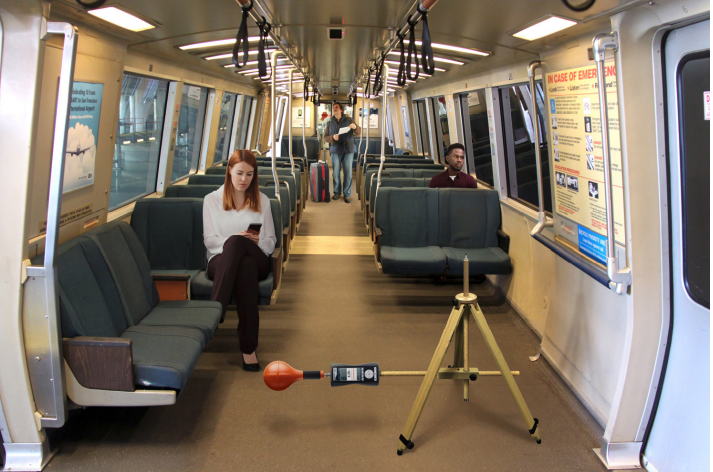
In a stationary state, measurements should be taken for each of the 3 magnetic field axes, lasting between 30 to 60 seconds. When the system is in motion, measurements for all 3 magnetic field axes must be taken during the entire dynamic process, which includes acceleration from a standstill to maximum speed, followed by coasting (in idle mode) for at least 10 seconds, and ultimately applying the maximum electrical brake to come to a halt.
Exterior of the rolling stock for workers and the public.
Measurements should be conducted as close as possible to the train's emission sources, which include components like power converters, power cables, and power inductors. These measurements should be taken at a horizontal distance of 0.3 meters from these sources. Additionally, measurements should be taken at heights of 0.5 meters, 1.5 meters, and 2.5 meters above the top of the tracks.
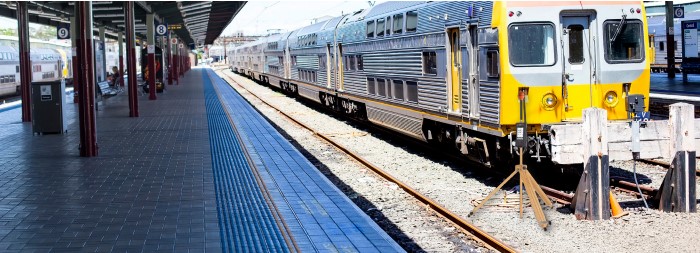
LIKE TO KNOW MORE?
Would you like to know more about the SMP3 EMF Meter? Get in touch with the ADM Nuclear Technologies team today!

